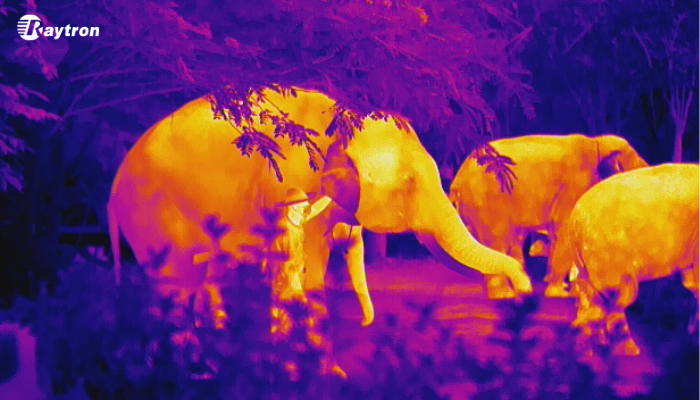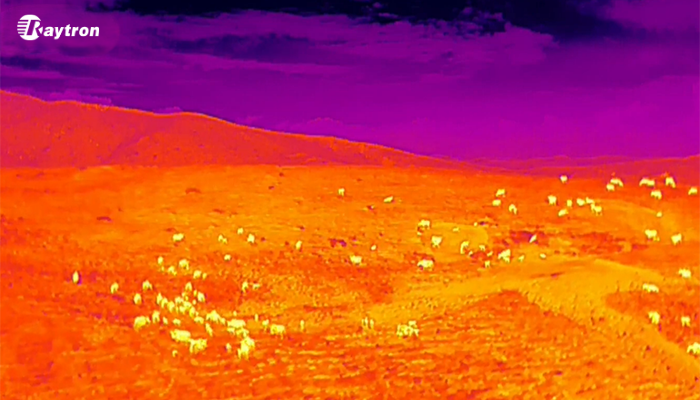Wildlife conservation is essential to maintaining global biodiversity and ecological balance. Monitoring animal behavior, health, and habitat conditions plays a crucial role in this effort. However, traditional monitoring techniques often face challenges such as low visibility, environmental interference, and safety concerns. Thermal cameras offer a transformative solution by providing accurate, non-invasive wildlife tracking, even in challenging conditions.
How Do Thermal Cameras Work in Wildlife Monitoring?
Thermal cameras detect infrared radiation emitted by objects, including living beings. They capture temperature differences in the environment, creating heat maps that display thermal signatures. Unlike conventional cameras, thermal imaging does not rely on visible light, making it highly effective in low-light or camouflaged conditions.
For wildlife monitoring, this means researchers can observe nocturnal animals, track hidden creatures, and identify populations in dense foliage or remote areas. This technology also reduces disturbance to animals, ensuring natural behaviors remain unaffected.

Use Raytron infrared thermal imaging tech, observing wild animals from a distance can keep researchers safer
Applications of Thermal Cameras in Wildlife Conservation
Tracking Nocturnal and Elusive Species
Many species are active during the night or live in dense habitats, making them difficult to observe with traditional methods. Thermal cameras detect the heat signatures of these animals, enabling researchers to monitor their behavior and movements without disturbing their natural activities.
Detecting Poaching and Illegal Activities
Poaching poses a significant threat to wildlife populations, particularly endangered species. Thermal cameras, often integrated with drones or surveillance systems, help monitor protected areas for unauthorized human activity, especially during low-light hours.
Wildlife Health Assessments
Thermal imaging can identify heat anomalies in animals, which may indicate injuries, infections, or stress. This application is particularly useful for detecting early signs of illness in endangered species or animals in rehabilitation centers.

Advantages of Using Thermal Cameras for Wildlife
1.Non-Invasive Observation
Traditional tracking often involves physical tagging or close interaction, which can stress animals. Thermal imaging allows for remote observation, minimizing human interference.
2.Improved Data Accuracy
Thermal cameras provide reliable data in real time. Researchers can use this information to model wildlife behaviors and predict environmental changes.
3.24/7 Monitoring Capability
Since thermal cameras function in complete darkness and challenging weather, they enable continuous observation. This enhances the ability to monitor nocturnal species and activities.
4.Cost-Effective Solutions
Thermal cameras reduce the need for extensive manpower and expensive field equipment. They can cover large areas with fewer resources, making them a cost-effective conservation tool.

Infrared Thermal Imaging Technology: Building a Greener Future
By adopting thermal cameras, wildlife researchers can improve the efficiency of conservation programs. Raytron provides advanced thermal imaging solutions that enable precise, non-invasive wildlife monitoring and conservation efforts. This technology promotes a deeper understanding of biodiversity while reducing human impact on fragile ecosystems. Additionally, the data collected supports efforts to combat climate change and protect endangered species. As conservationists embrace advanced tools, thermal cameras are set to play an even greater role in safeguarding our planet’s natural resources.